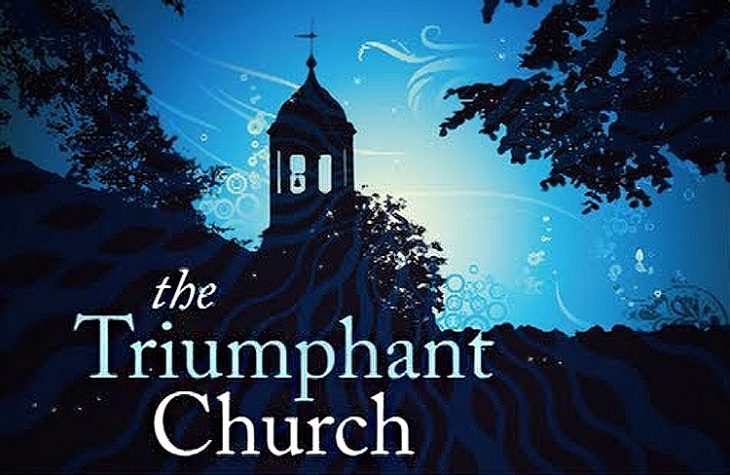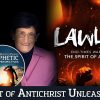New Testament Prophecy
The first specific mention of the Church in prophecy is found in the New Testament in Matthew 16:18 where Jesus is recorded as having said: “Upon this rock I will build My Church; and the gates of Hades shall not overpower it.” The context of this statement makes it clear that the “rock” Jesus was referring to was Peter’s confession of Him as “the Christ [Messiah], the Son of the living God” (Matthew 16:16).
This prophecy has, of course, been fulfilled throughout history since the time Jesus spoke those words. Satan has tried in every way possible to destroy the Church, first through persecution, and then through internal corruption. But Jesus has sustained His Church to this day and continues to do so today in the midst of growing apostasy and increasing worldwide persecution.
I believe Jesus prophesied rather specifically about the future of His Church in the seven letters that He dictated to the Apostle John in Revelation, Chapters 2 and 3. The letters were directed to seven churches located in the area of western Turkey today. There were many more churches than these seven. I think Jesus selected the ones He did because they were representative of seven types of churches and seven periods of church history. In each period, all seven types of churches would exist, but one type would predominate.
The church at Ephesus is representative of the apostolic period from 30 A.D. to 95 A.D., when the Church was concerned about organization and doctrine to the point that it became legalistic.
The church at Smyrna represents the persecuted church or the martyr church that existed from 95 A.D. to about 312 A.D. It’s the Church that existed at the time that the book of Revelation was written.
Then we have the liberal church of Pergamum representing the apostate church that existed from 312 to 590 A.D. This period developed after the Emperor Constantine was converted and the Church and the state were welded together. As is always the case in such unions, the state began to corrupt the Church.
The church at Thyatira represents the dark, pagan period from 590 to 1517 when the papacy developed and the Church became full of Babylonian occultic practices.
When we come to the Reformation in 1517, we think of it as a time of life. But it was only partially so. The Reformation produced the Protestant state churches of Europe — churches that had a reputation for being alive but were really dead because of their union with the state. So the church of Sardis, the dead church, with the reputation for being alive, represents the post-Reformation period from 1517 to about 1750.
The opposite of Sardis is the church at Philadelphia, the alive church. It represents the period of church history from about 1750, when the Church began to send missionaries out all over the world, until about 1900, when the German School of Higher Criticism invaded seminaries worldwide and destroyed many people’s faith in the Word of God. As a result, people began to look upon the Bible, not as the revealed Word of God, but as man’s search for God, and therefore they decided it was full of myth, legend and superstition.
The Church of today is represented by the church of Laodicea, a church that says to the world, “I am rich, and have become wealthy, and have need of nothing” (Revelation 3:17). But Jesus says to that church, “You are wretched and miserable and poor and blind and naked” (3:17). It is a worldly, apathetic, apostate church that will not even let Jesus in the front door (3:20).
The best summary of these letters I have ever encountered is the one penned by John Stott in his book, Basic Christianity. He sees the message of Jesus as threefold in nature. To a sinful Church, He is saying, “I know of your sin, repent!” To a doubtful Church, He is saying, “I know of your doubt, believe!” To a fearful Church, He is saying, “I know of your fear, endure!” Repent, believe, and endure — that’s a very relevant message for the Church today.
In the third part of this study of the Church in Bible prophecy, we’ll explore the negative end time prophecies concerning the Church.








Was wondering if you have any study lesson books that I could study the book of Revelation, Daniel, and Ezekiel?
I want to study these books rather than just read them to get a better understanding and also to get grounded in the Word.
Thank you Julie
Sure thing, Julie! Besides this blog’s many series on the subjects you listed available through the main navigation above, also check out our Bible Prophecy Resources website at https://bibleprophecyresources.com.